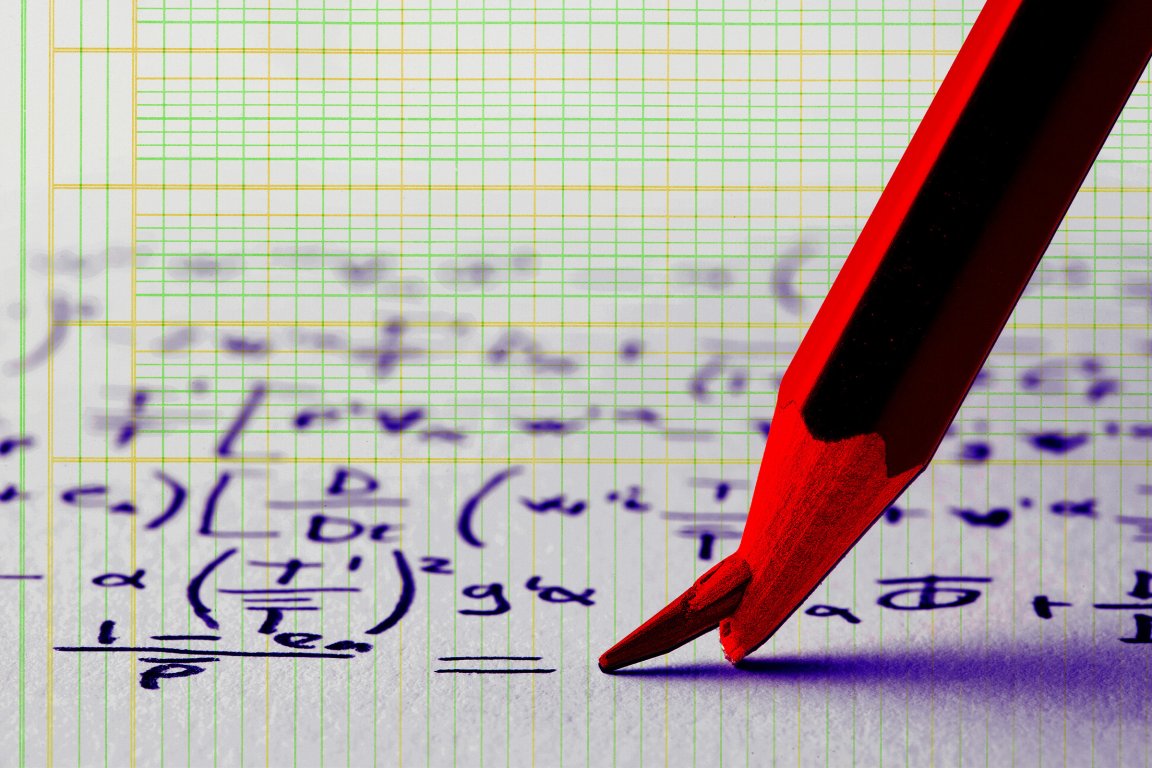
As teachers and professors reel over how generative AI is ruining education, one expert is suggesting that the true technological menace in the classroom has been staring us in the face for decades: laptops.
It would explain, writes psychology professor at San Diego State University Jean M. Twenge in an opinion piece for The New York Times, why standardized test scores for American students have plunged to their lowest point in twenty years in 2023 and 2024. And the phenomenon appears to be global: the performance of 15-year-olds in math, reading, and science, reached a historic low in 2022.
“These days, nearly every middle and high school student — and a good number in the elementary grades as well — brings a laptop or tablet to school and uses it at home for homework,” observed Tenge, who has been researching how smartphones affect academic performance, as well as our mental health generally, for nearly a decade.
But “although it once seemed like a good idea to give every child his or her own device,” Twenge added, “it’s clear that those policies have been a failure.”
A lot of focus has been paid to smartphone’s soul-sucking, attention-span-destroying effects, which are hard to ignore since they’re everywhere. Schools, seeing the writing on the wall, have started banning phones — but not laptops, even though a portable computer can do everything distracting a smartphone can do, and perhaps more. It doesn’t help that many schools provide and even mandate that students be able to use laptops in class, meaning that parents can’t ask teachers or administrators to take the laptops away.
Twenge points to an overwhelming body of evidence on how disruptive these devices can be. A 2016 study of Michigan State college students, for example, found that they on average spent 40 percent of their time in class scrolling social media, checking email, or watching videos. In other words, not learning. A damning 2018 meta analysis of 24 studies found that college students who typed their notes were 75 percent more likely to fail the course than those who hand wrote them.
And in her own study published last month in The Journal of Adolescence, Twenge found that standardized test scores in math, reading, and science dropped more in countries where students spent more time using devices like laptops for leisure purposes during the school day, compared to countries where they spent less time.
Finland — “once known for having one of the best school systems in the world,” according to Twenge — is a dispiriting case in point. In 2022, Finnish students admitted to screwing around on their devices for nearly 90 minutes per day at school. Coincidentally, their test scores nosedived between 2006 and 2022. Compared that to Japan, Twenge says, where students spend less than 30 minutes of leisurely time on their devices during the school day, and where academic performance has remained steady.
“It seems ridiculous to have to say this, but digital distraction is terrible for academic performance,” Twenge wrote, citing a 2021 study. “The more time college students spent doing something else on their laptops during class, the lower their exam scores, even after accounting for academic ability.”
More on education: Parents Using ChatGPT to Rear Their Children